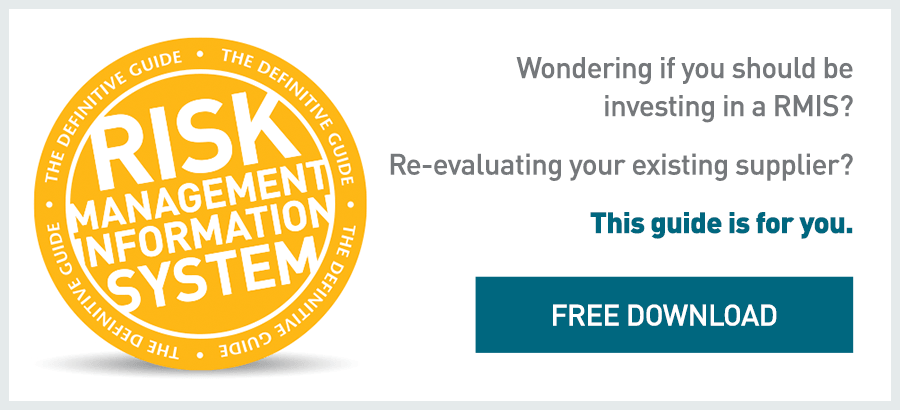
Great risk management starts from a blank canvas every few years, or when operations change dramatically, like a major merger or divestiture of operations units.
Remember, risk management and risk assessment creates a methodology, a blue print, and a protocol to bring risk to a tolerable level whereby the business has the best chance to maximize profit by avoiding unanticipated or unfunded losses.
So, how can you sharpen your risk management skills?
Start with Company Financial Statements
After all, your job success depends on protecting assets and incomes. Sounds like digging into the balance sheet and profit and loss statement first helps lay the foundation of a risk management program.
List the real property, machinery, equipment, inventory, furniture, and all the real assets with the book values of each. List the vehicles and their uses, to whom the vehicles are assigned, and the book values. Each of these, of course, will be specific to your industry.
Match any liability (loans against) with the asset.
Use these lists to walk through your company’s process. How do you make money? What property is necessary and what is vital? You need a contingency plan for vital assets, and loss reduction ideas for everything else.
Review your income statement. Do real assets generate passive income, for example, do you collect rent on some surplus space? Where does gross income go? Is the income and expense process efficient or can you generate more cash? How much income must be sustained for survival under crisis situations?
Reviewing the books will provide all the fundamental information you need to get started.
Cash Position/Sinking Funds
Check the company cash position; there is nothing more deleterious and risky than running out of cash. You should maintain an absolute minimum of three months overhead in ready cash, plus a month for each month of average-aged receivables. (If it takes 60 days on average to collect for sales, add two months to the ready cash stockpile.)
Unexpected losses or untimely ones cost dearly. Design and implement a savings plan for deductibles, retained risks, uninsured risks, and simply over-looked risks. Don’t find yourself in a cash shortage when a loss occurs.
Calculate Experience Ratings
Ask your insurance providers for loss runs for the past five years. Compare the losses suffered on each policy to premiums paid for that same timeframe.
If your losses amount to 70% of your premium or more, expect a rise in insurance costs, or demonstrate how you have controlled those losses.
If your losses are below 40% of your premium, prepare to negotiate for lower rates.
Use these data as a guideline to revisit your internal loss reduction programs, prioritizing areas where losses are relatively high.
Policy Year
Select a policy year that helps smooth out audits and cash flow. Calendar years or quarters are best for payroll driven risks because you must do the audits for payroll taxes.
Sales driven premiums are best renewed on the company financial year anniversary since that audit must be completed anyway.
Now, choose a date that meets both requirements.
Keep the fundamentals in mind, read articles on the trends in your industry, and start from scratch with a new look into risk management every few years. By implementing the tips and pointers listed here, you’ll be a rockstar risk manager in no time!
For more information to improve your risk analysis processes, risk assessment and management skills, visit our resource center.
Michael Theut, an experienced risk management information systems (RMIS) consultant with specialties in risk management solution architectures for risk pools, insurance providers and enterprise accounts, is the leader of Ventiv’s National Pooling Practice. Contact Mike at +1-313-585-5623 or michael.theut@ventivtech.com











